Home Remedies for Joint Pain
Joint pain is not a simple physical condition to deal with. The symptoms of this condition can range from being uncomfortable to extremely painful and unbearable. If the cause is degenerative it changes patients’ lives considering that it is irreversible. Patients can only delay its progression, minimize the extent of the damage, and reduce its symptoms. Science is aware of many types of joint problems, and they affect men and women equally. Sadly, some kinds of this malady can affect children as well. While many medications and treatments are available to treat it, most of these solutions are quite expensive.
Symptoms of Joint Conditions
 Symptoms can range from irritating to painful to making daily tasks, such as walking and other things requiring movement, impossible to accomplish. The most common symptoms include joint inflammation followed by extreme pain, hardening or stiffness of the joints, and in worst cases difficulty in movement. Even seemingly unrelated conditions, like fatigue, irritability, or psychological stress, and even constipation, can be symptoms of joint problems, too. While there is no definite treatment to cure joint conditions as of yet, there are medications available that minimize the unbearable symptoms such as painful joints. The great thing is that some common home items or products, usually found in the kitchen, can be used to minimize the symptoms. Some medical experts question the validity and efficiency of these home products in minimizing such symptoms, but patients who have already tried them can testify in their favor.
Symptoms can range from irritating to painful to making daily tasks, such as walking and other things requiring movement, impossible to accomplish. The most common symptoms include joint inflammation followed by extreme pain, hardening or stiffness of the joints, and in worst cases difficulty in movement. Even seemingly unrelated conditions, like fatigue, irritability, or psychological stress, and even constipation, can be symptoms of joint problems, too. While there is no definite treatment to cure joint conditions as of yet, there are medications available that minimize the unbearable symptoms such as painful joints. The great thing is that some common home items or products, usually found in the kitchen, can be used to minimize the symptoms. Some medical experts question the validity and efficiency of these home products in minimizing such symptoms, but patients who have already tried them can testify in their favor.
Home Remedies
Some of the few home remedies that help in reducing the stress of joint conditions, appear below:
- To reduce or eliminate joint inflammation as well as pain, take two teaspoons of lemon juice or apple cider vinegar with two teaspoons of honey, mixed in a cup of warm water as a tonic drink once or twice a day.
- Rub warm vinegar into the painful joint area to soothe inflammation and relax the muscle groups in the surrounding areas.
- Drink a cup or two of alfalfa tea daily to delay the progression of joint pain.
- Drink a half teaspoon of turmeric power (dried yellow ginger) in warm water as a tonic to reduce the inflammation of joints and prevent infection. Turmeric has antioxidant properties.
- Drink at least two teaspoons daily of fresh juice of balboa leaf before eating to reduce the rate of progression of the disorder in just a month or two.
- Munch on a clove of garlic every other day to reduce the speed of joint pain progression and improve joint conditions.
- Eat two to three servings of walnuts or coconut before filling the stomach with any food to reduce the symptoms.
 These are just few of the many home remedies you can use to treat the symptoms of joint problems, particularly the pain.
These are just few of the many home remedies you can use to treat the symptoms of joint problems, particularly the pain.
Besides these quick and easy home ideas, you can soak affected parts in a warm Epsom bath while massaging and moderately moving the joints.
This can minimize the pain of inflammation as well as prevent the hardening of the joints.
A warm bath helps improve circulation, which in turn, can also help reduce the inflammation and swelling.
Healthy Diet and Exercise
By following a healthy diet and lifestyle you can greatly help to prevent or even to reduce the risk of developing joint issues. For example, eating foods rich in uric acid definitely causes joint problems since the uric acid is stored in the joint areas that cause the damage, making the problem develop faster. If the condition is already present, eating such food will only worsen the condition, and speed up the progression of the joint damages A healthy diet means eating more natural foods such as fruits and vegetables without compromising the other food groups. This way the body can seal in its necessary nourishment.

Do simple exercises to reduce the appearance of symptoms and prevent further damage. Such exercising doesn’t require going to the gym to join an aerobics class. Simple walking inside the house or around the neighborhood is enough, combined with stretching and mild cardio exercises. This also promotes weight loss. With excessive weight, “wear and tear” can occur. Keep an ideal weight to ensure healthier joints and bones.
Most people suffering from joint pain choose to go for natural or home remedies instead of using prescription drugs or medicines. These are less complicated and more economical. They are available in the comfort of a patient’s home anytime the patient needs them. Home remedies also do not have any side effects! Even history itself testifies how effective and easy home remedies are in offering convenient and quick solutions to any physical condition. Ancient civilizations have recorded the use of herbs, spices, and oils in treating maladies! There is no reason why you shouldn’t try them, too!
For patients more familiar with natural treatments, home remedies can greatly help. These patients should have no problems finding the right things in their kitchens to help them keep symptoms away.
But for patients just starting or considering the use of natural or home remedies, search alternative medicine books from the library, or in the bookstores, or even over the Internet. Seeking advise from a nutritionist can also help with natural treatments. Even with all this information, always consult with a medical professional or a doctor. Even with the right diagnosis, doctors are still the best people to talk to when it comes to finding solutions and treatments for joint problems.

 Subscribe Now
Subscribe Now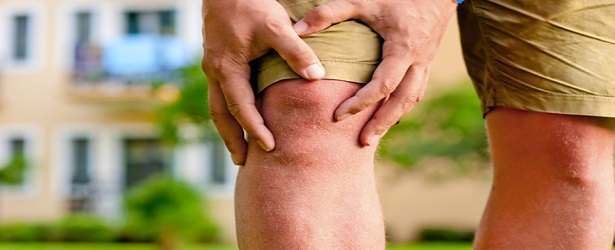

 It is very important to properly diagnose the main reason for
It is very important to properly diagnose the main reason for  Degeneration gradually damages the cartilage and causes connecting bones to rub together. This produces unbearable pain to the patient and serious inflammation to the joints’ surrounding areas. The condition can even lead to complications such as infection if left untreated.
Degeneration gradually damages the cartilage and causes connecting bones to rub together. This produces unbearable pain to the patient and serious inflammation to the joints’ surrounding areas. The condition can even lead to complications such as infection if left untreated.

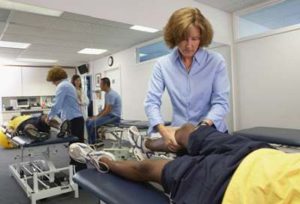 In some cases, patients may need some physical therapy before they can engage in normal physical activities. Patients who have undergone such therapies attest that they have noticed improvements in their condition, particularly in their motion capacity. This is especially true for those suffering from degenerative joint problems. Patients also noted that pains also subsided after they have implemented some tips and suggestions from self-help write-ups. Further research noted that water exercises helped people suffering from inflammation, particularly the elderly ages 60 and up, where the pain was reduced and improved their motion.
In some cases, patients may need some physical therapy before they can engage in normal physical activities. Patients who have undergone such therapies attest that they have noticed improvements in their condition, particularly in their motion capacity. This is especially true for those suffering from degenerative joint problems. Patients also noted that pains also subsided after they have implemented some tips and suggestions from self-help write-ups. Further research noted that water exercises helped people suffering from inflammation, particularly the elderly ages 60 and up, where the pain was reduced and improved their motion. Patients suffering from
Patients suffering from 
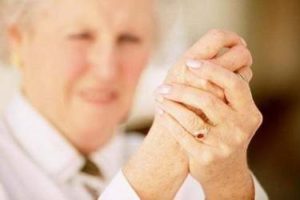 The most common joint disorders damage the joints and even the surrounding areas. They can develop from aging, malnutrition, untreated physical trauma or even genetics. Although common they are often irreversible with symptoms ranging from mild to moderate to severe. In worst cases they can even contribute to the death of the patient due to complications involving major organs.
The most common joint disorders damage the joints and even the surrounding areas. They can develop from aging, malnutrition, untreated physical trauma or even genetics. Although common they are often irreversible with symptoms ranging from mild to moderate to severe. In worst cases they can even contribute to the death of the patient due to complications involving major organs. Physical trauma such as “wear and tear” to the joints can also cause joint-problem symptoms. Pressure on the joints can cause damage, which normally swells or gets inflamed. Athletes or those involved in physical work such as construction can routinely experience this type of joint trauma.
Physical trauma such as “wear and tear” to the joints can also cause joint-problem symptoms. Pressure on the joints can cause damage, which normally swells or gets inflamed. Athletes or those involved in physical work such as construction can routinely experience this type of joint trauma.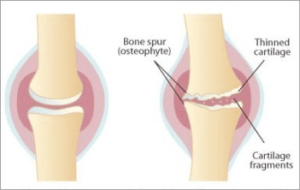 Since there is no cure for the most common joint conditions, the next best solution is to deal with the symptoms. With a degenerative joint condition, patients often joint pain during the first part of the day but it subsides with movement during the day. Simple exercises can help alleviate joint pain and prevent joint hardening. This improves both the range and motion of the joints when a joint disorder is already present.
Since there is no cure for the most common joint conditions, the next best solution is to deal with the symptoms. With a degenerative joint condition, patients often joint pain during the first part of the day but it subsides with movement during the day. Simple exercises can help alleviate joint pain and prevent joint hardening. This improves both the range and motion of the joints when a joint disorder is already present.
 The Most Prevalent: Degenerative Cartilage
The Most Prevalent: Degenerative Cartilage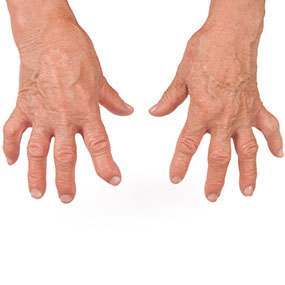
 Treatments
Treatments